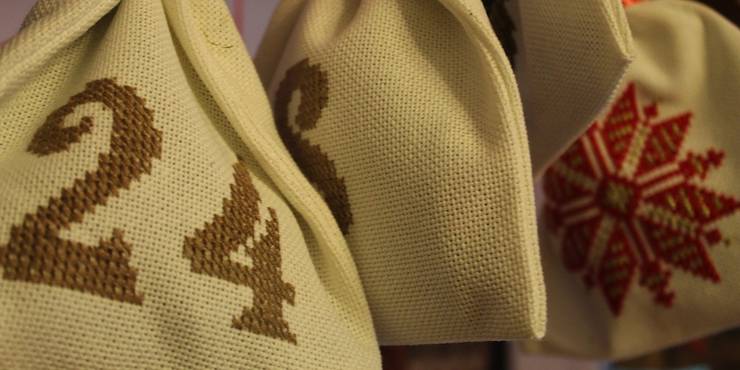Buying a Rear Facing Car Seat

This week new mum Clare Rawlinson gives her advice on rear facing car seats, together with a great tip on how you could look to cut the price you pay.
Rear facing VS forward facing car seats
Along with many others, we have been forced to tighten our purse strings of late. Gone are the days of frivolous purchases, nights out and mini breaks. Raising a child is getting increasingly expensive, and we are always on the lookout for deals, offers and ways to save money on all of the paraphernalia associated with babies and toddlers. We have been fortunate enough to have friends and relatives who have passed things on, and we are no strangers to eBay or FaceBay for some of the larger purchases.There is, however, one area which we have been unprepared to scrimp on, and that is our daughter’s safety. Finding the right Group 0 car seat was relatively simple. There are reviews and advice all over the internet, and there is a huge choice widely available, to suit a range of budgets. Current UK law states that all infants must be in a rear facing car seat until they reach 13kg (from around 9 months of age), therefore the only decision to be made is which brand and model to go for.
When it came to start researching her next car seat, things became much more complicated. I will be honest, and admit that I assumed that forward facing would be the only option. It didn’t take long, however, before I stumbled across the forward facing vs. extended rear facing debate. In Scandinavia, it has become common practice for children to be kept in a rear-facing seat until the age of 4, or even 6 years old. As a result, the number of serious injuries and fatalities of children in road accidents has been drastically reduced. In the USA, new guidelines are suggesting that children should remain rear-facing until the age of 2 years old, and, there are talks that new UK guidelines will be phased in from later on this year, advising that children remain rear facing until approximately 15 months old.
The statistic that really swayed it for me, though, was the fact that studies have shown that children are as much as five times safer in rear-facing car seats that forward-facing car seats. This is mainly because of the relative size of a young child’s head compared to the rest of their body. In an accident, the weight of a child’s head falling forwards at speed can place a huge amount of pressure on the neck, causing severe injury or fatality. In a rear-facing seat, however, the head is not thrown forward, and the impact is spread along the length of the back of the head and spine.












